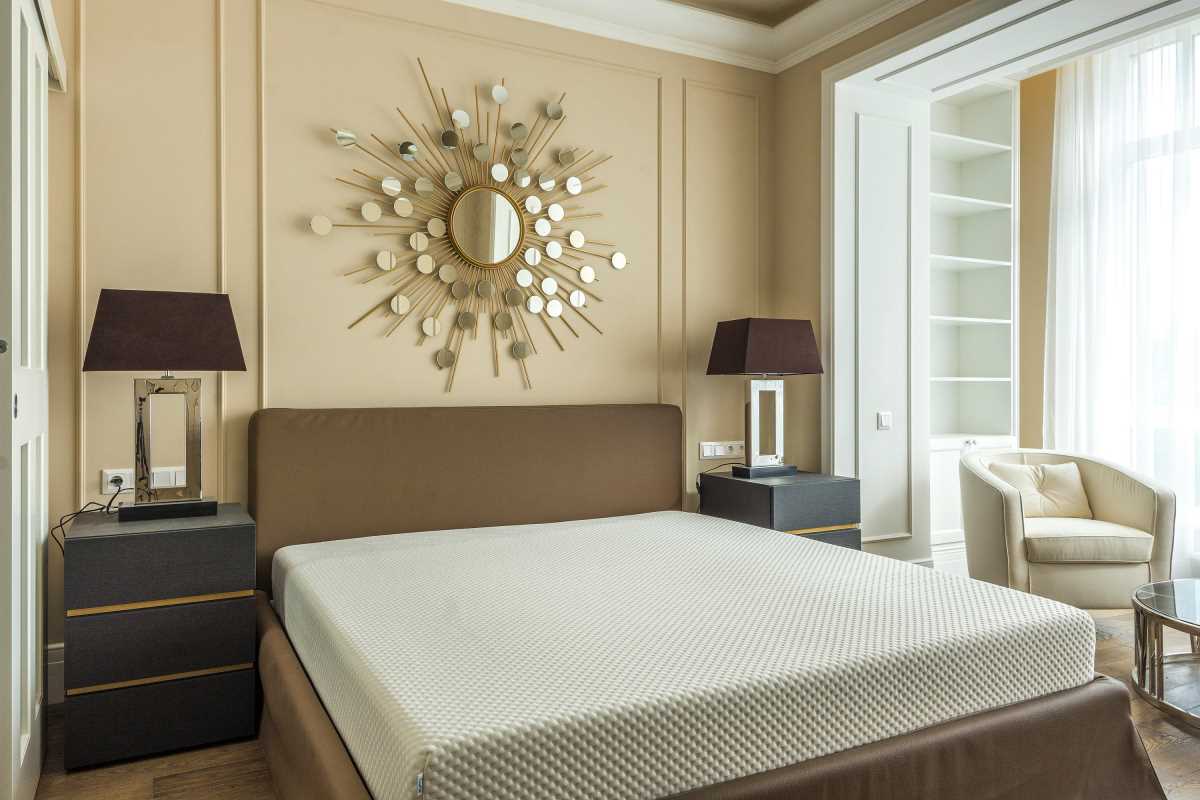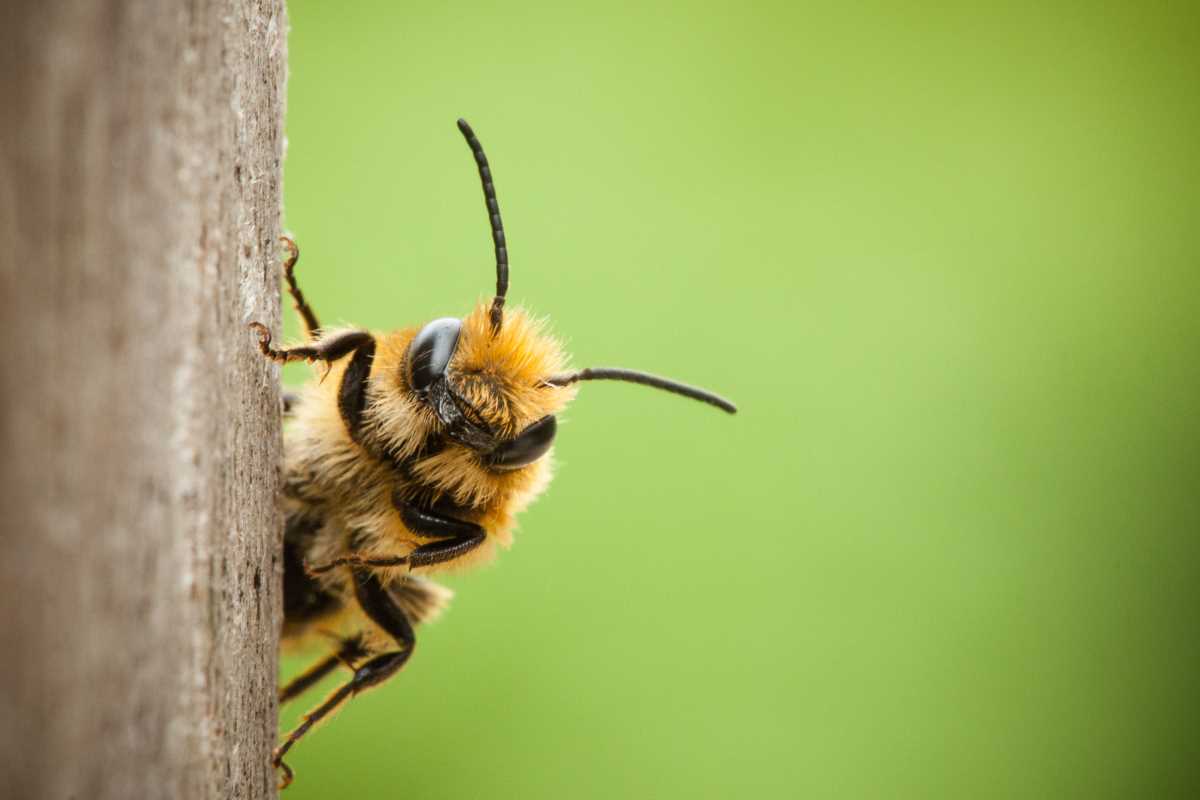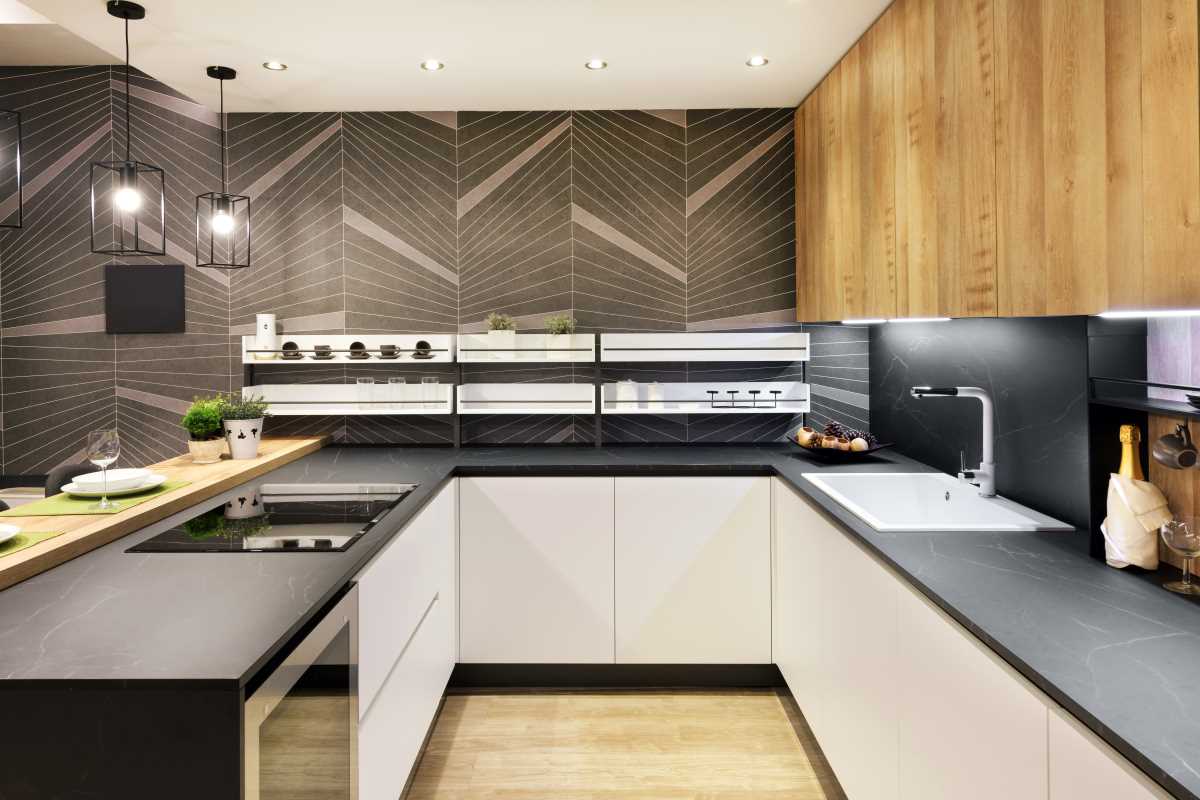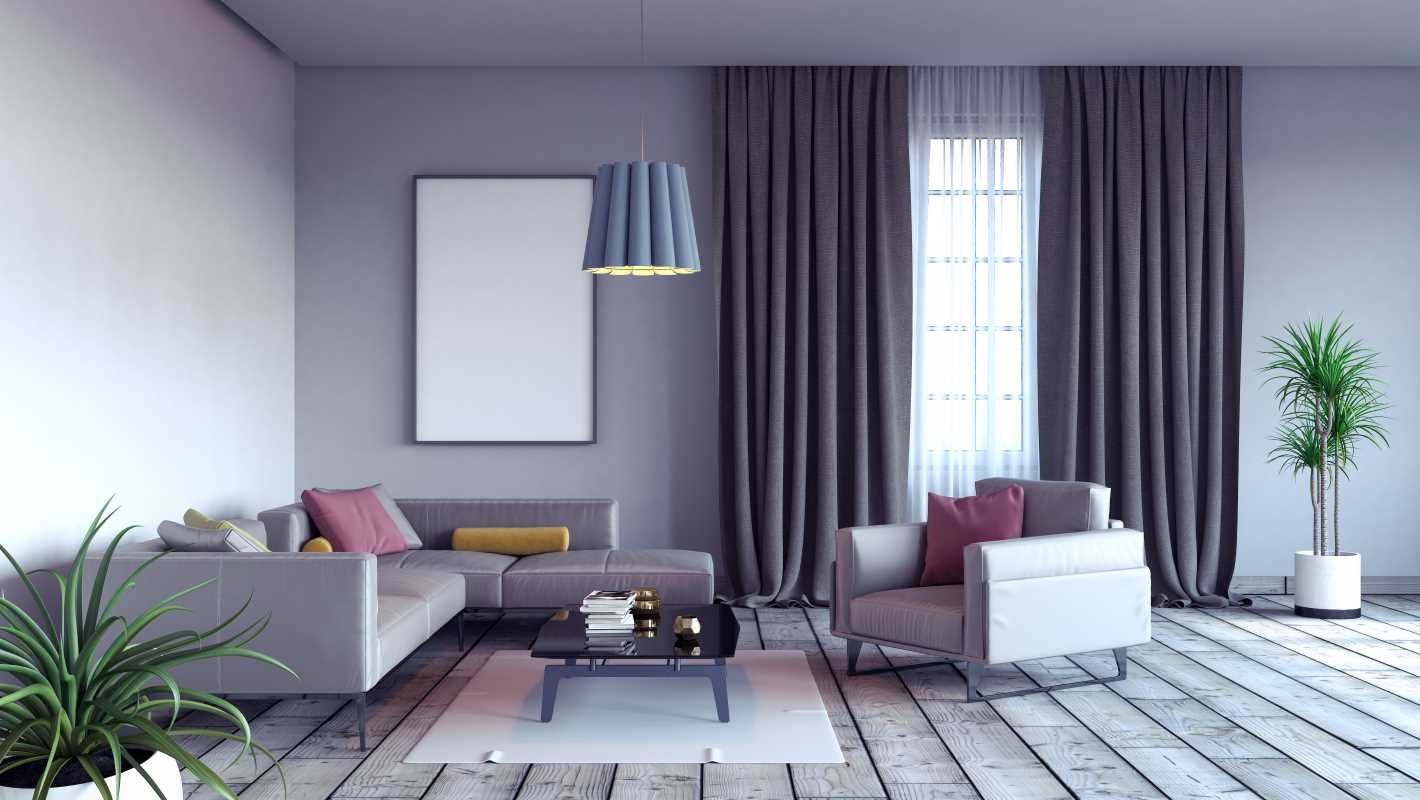Having a pet at home brings endless joy, but it can also bring its fair share of challenges when it comes to maintaining your interior design. Scratched furniture, fur-covered rugs, muddy paw prints on the floor—if you’re a pet owner, you probably know the drill. However, living with pets doesn’t mean you have to sacrifice having a stylish and functional home. With a few tweaks and smart choices, you can create a space that’s both pet-friendly and beautiful.
Whether you’re a proud owner of a curious cat, an energetic dog, or even a more exotic little companion, this guide will walk you through practical ways to make your home work for both you and your furry friends. From choosing durable materials to setting up designated pet zones, you’ll find plenty of tips to maintain a balance between style and comfort.
Designing with pets in mind isn’t just about protecting your home; it’s also about creating an environment that’s safe and comfortable for your animal companions. The right design choices can make a huge difference in how your home functions day-to-day, preventing unnecessary stress for you and your pet alike.
For example, a dog that struggles to find comfortable, damage-proof spots to rest may cause more wear and tear to your furniture. Similarly, delicate decor that’s easy to knock over might not last long in a cat-friendly household. By proactively planning your interior design around your pet’s habits and needs, you can prevent these issues and even improve your quality of life.
Most importantly, a pet-friendly home shows your love and care by making sure the space is one where your pets can play, lounge, and explore comfortably without being scolded for accidents or messes.
Choosing the Right Materials
One of the biggest game-changers for pet-proofing your home is picking the right materials. Durable and low-maintenance options are essential to keep your space looking fresh and stylish over time.
Scratch-Resistant Flooring
Pets, especially dogs and cats, can be rough on your floors. Their claws can easily leave scratches on certain surfaces, while accidents or spills can damage others. To prevent this, consider these flooring materials for a pet-friendly home:
- Luxury vinyl is a superstar when it comes to scratch resistance and water resistance. It also imitates the look of hardwood or tile, giving your home an elegant vibe.
- Tile and stone are both durable and stain-resistant, making them perfect for areas where pets spend a lot of time.
- Laminate flooring is another cost-effective option that holds up well to claws and spills, though it might not be as water-resistant as vinyl or tile.
Avoid softwoods like pine or spruce that can scratch easily, and skip all-white carpets or light-colored rugs if your pets are prone to shedding or muddy paws.
Pet-Friendly Fabrics
Furniture fabrics can be a magnet for fur, stains, and claws, but that doesn’t mean you have to stick with boring, plastic-like materials. Here are some fabrics that can handle the wear and tear of pet life:
- Leather (or faux leather): It’s easy to clean and doesn’t attract fur. Small scratches can add character over time, but it’s still durable enough to withstand daily use.
- Microfiber: This tightly woven fabric is stain-resistant, easy to clean, and comes in a range of colors and patterns to fit any style.
- Performance fabrics: Companies like Sunbrella and Crypton offer fabrics specifically designed to resist stains, odors, and wear. They’re perfect for sofas and chairs in pet-friendly homes.
When in doubt, go for darker colors, patterns, or textures that can camouflage fur and minor stains between cleanings. Pair these fabrics with removable and washable slipcovers for even greater convenience.
Rug Choices
Rugs can protect your floors while adding coziness to your space, but they’re also prone to accidents and shedding. Look for rugs made from materials like sisal, jute, or outdoor-friendly polypropylene. These options are durable, easy to clean, and less likely to trap odors.
Creating Pet Zones
Just like you have areas in your home for relaxing, working, or eating, your pet deserves their own designated zones. This helps minimize messes in critical areas like your bedroom or living room while giving your pet a cozy space they can call their own.
A Comfy Sleeping Spot
Instead of letting your dog or cat take over the couch, create a pet-friendly bed or corner for them to relax. Look for washable pet beds with non-slip bottoms, or DIY one by adding a plush blanket to a durable foam cushion. For cats, a cozy perch or window-side hammock can do the trick.
Dining Area
Pet food and water can create messes, but with the right setup, you can keep everything organized. Use raised feeders to make mealtime more comfortable for larger dogs and place mats underneath bowls to catch spills. For multiple pets, make sure everyone has their own feeding space to reduce any potential squabbles.
A Cleanup Station
If you have enough space, consider adding a dedicated pet washing or grooming station. A corner of the laundry room or mudroom can be a great spot for this. Install a low shower or basin for washing muddy paws and keep cleaning supplies organized in nearby cabinets.
Reducing the Wear and Tear
Even with the best materials and setups, regular cleaning and maintenance are key to keeping your home looking great when you have pets.
Stay on Top of Shed Fur
Frequent vacuuming is a must, but a lint roller or pet hair removal tool can save you time for quick cleanups. If your pet sheds heavily during certain seasons, consider investing in a robot vacuum designed to pick up pet hair.
Invest in Scratch Protection
For pets that scratch surfaces like furniture or doors, scratch guards or anti-scratch sprays can help minimize damage. You can also train your pet to use designated scratching posts instead of furniture. For larger dogs, protecting the bottoms of doors and walls with durable plastic kick plates may be a smart idea.
Adding Style That Works for Pets
Being intentional about your decor can ensure your home stays stylish, even with pets around.
Indoor-Friendly Plants
Adding greenery to your home makes it feel more vibrant, but be cautious about the plants you choose. Some plants, like lilies or philodendrons, are toxic to pets if ingested. Opt for pet-safe plants like spider plants, areca palms, or Boston ferns.
Durable Accessories
Swap fragile, easy-to-topple decor items for sturdier options. Heavy, low-profile vases or sculptures won’t easily get knocked over, and washable pillow covers or throws can keep your furniture accessorized while staying easy to clean.
The Power of Training
Design goes hand in hand with good behavior. No matter how pet-proof your home is, consistent training is essential for maintaining its condition. Teaching your pets basic commands like “stay,” “off,” or “leave it” can reduce accidents and damage. Reward positive behavior to encourage habits that align with your home’s setup.
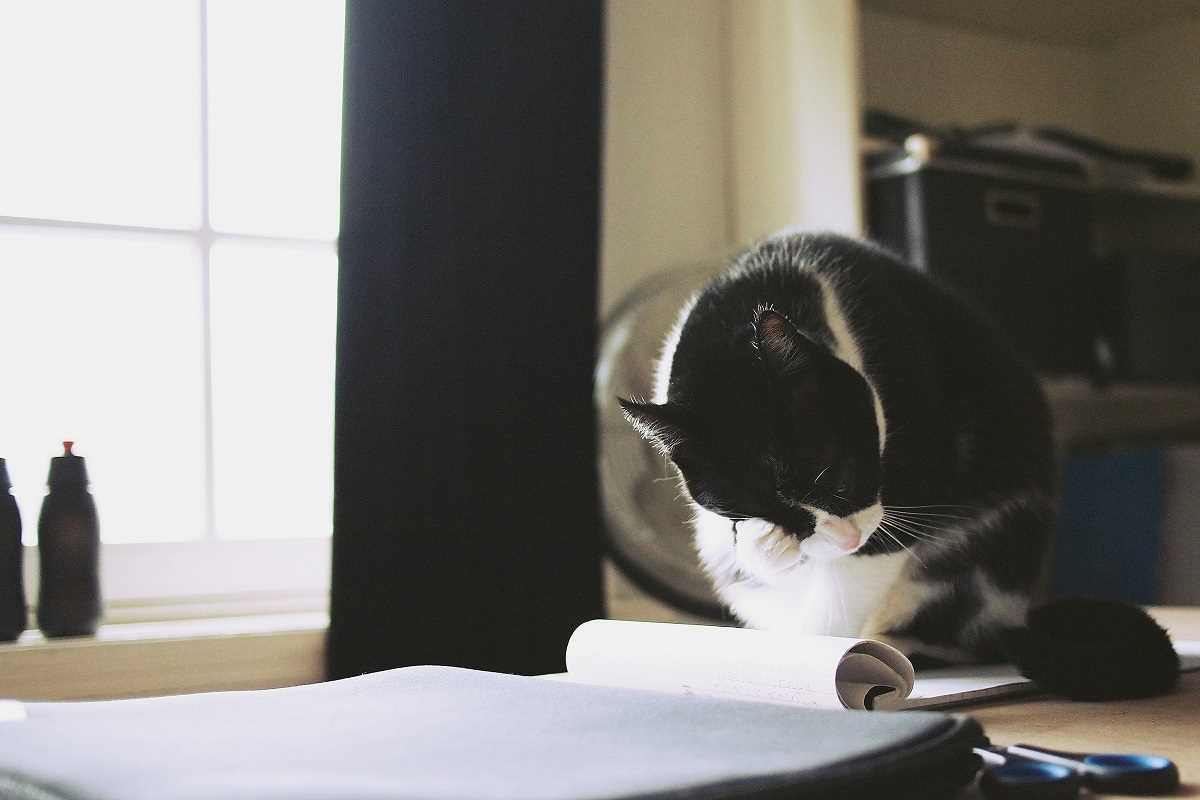 (Image via
(Image via
